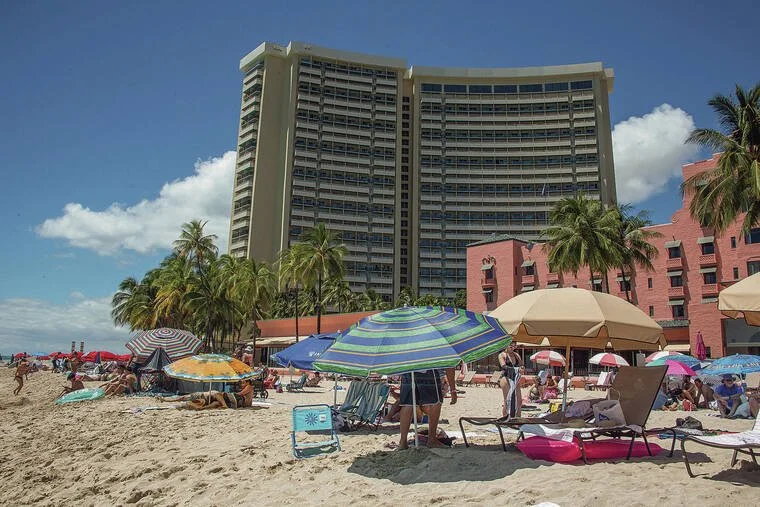Hawaii weighs use of ‘green fees’ for nature, tourism
By Carey L. Biron, Thomson Reuters Foundation for Honolulu Star-Advertiser
WASHINGTON >> When Kawika Riley surveys the beaches and forested hills of the Hawaiian islands, his eyes are drawn to a dangerous interloper: flammable invasive grasses.
Two years ago, such grasses fed devastating wildfires that tore through the island of Maui, killing more than 100 people and causing $5.5 billion in damage.
“What you’re seeing when you see those grasses grow is literally your risk and vulnerability increase,” said Riley, a coalition leader with environmental group Care for ‘Aina Now.
But managing the environment, such as controlling invasive grass growth, is expensive.
Hawaii has a gap of more than $560 million a year in conservation funding — a growing concern for the tourism mecca of surf, reefs and sacred mountains.
Now, under a first-in-the-nation law, Hawaii will implement a climate impact fee or “green fee” on the 10 million tourists who visit each year, expecting to raise $100 million a year.
Click here to read the full story from the Sept. 20 issue of the Honolulu Star-Advertiser

